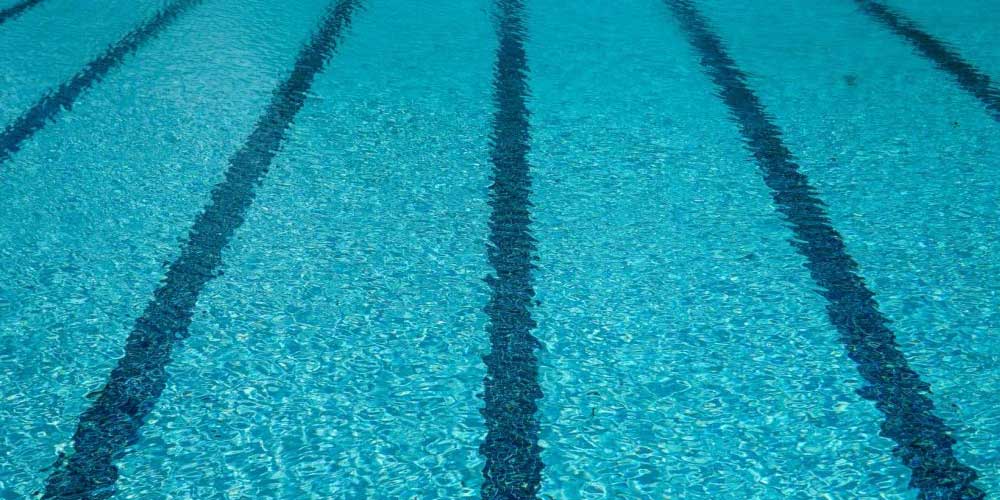Both Sodium Dichloroisocyanurate and chlorine dioxide can be used as disinfectants. After being dissolved in water, they can produce hypochlorous acid for disinfection, but sodium dichloroisocyanurate and chlorine dioxide are not the same.
The abbreviation of sodium dichloroisocyanurate is SDIC, NaDCC, or DCCNa. It is an organic compound with the molecular formula C3Cl2N3NaO3 and is a very strong disinfectant, oxidant, and chlorination agent. It appears as a white powder, granules, and tablet and has a chlorine smell.
SDIC is a commonly used disinfectant. It has strong oxidizing properties and a strong killing effect on various pathogenic microorganisms such as viruses, bacterial spores, fungi, etc. It is a disinfectant with a wide range of applications.
SDIC is an efficient disinfectant with high solubility in water, long-lasting disinfection ability, and low toxicity, so it is widely used as a drinking water disinfectant and household disinfectant. SDIC hydrolyzed to produce hypochlorous acid in water, so it could be used as a bleaching agent to replace bleaching water. And because SDIC can be produced industrially on a large scale and has a low price, it is widely used in many industries.
The properties of SDIC:
(1) Strong disinfection performance.
(2) Low toxicity.
(3) It has a wide range of applications. This product can not only be used in the food and beverage processing industry and drinking water disinfection but also in the cleaning and disinfection of public places. It is also widely used in industrial circulating water treatment, civil household sanitation and disinfection, and the disinfection of breeding industries.
(4) The solubility of SDIC in water is very high, so the preparation of its solution for disinfection is very easy. Owners of small swimming pools would highly appreciate it.
(5) Excellent stability. According to measurements, when dried SDIC is stored in a warehouse, the loss of available chlorine is less than 1% after one year.
(6) The product is solid and can be made into white powder or granules, which is convenient for packaging and transportation, and also convenient for users to choose and use.
Chlorine dioxide
Chlorine dioxide is an inorganic compound with the chemical formula ClO2. It is a yellow-green to orange-yellow gas under normal temperature and pressure.
Chlorine dioxide is a greenish-yellow gas with a strong irritating odor and is very soluble in water. Its solubility in water is 5 to 8 times that of chlorine.
Chlorine dioxide is another good disinfectant. It has a good disinfecting performance which is slightly stronger than chlorine but a weaker performance in removing contaminants in water.
Like chlorine, chlorine dioxide has bleaching properties and is mainly used for bleaching pulp and paper, fiber, wheat flour, starch, refining and bleaching oils, beeswax, etc.
It is also used for wastewater deodorization.
Because gas is inconvenient to store and transport, in-situ reactions are often used to generate chlorine dioxide in factories, while stabilized chlorine dioxide tablets are used for household use. The latter is a formula product usually composed of sodium chlorite (another hazardous chemical) and solid acids.
Chlorine dioxide has strong oxidizing properties and may be explosive when the volume concentration in the air exceeds 10%. So stabilized chlorine dioxide tablets are less secure than SDIC. Storage and transportation of stabilized chlorine dioxide tablets must be very careful and must not be affected by moisture or withstand sunshine or high temperatures.
Due to weaker performance in removing contaminants in water and poor security, chlorine dioxide is more suitable for home use than swimming pools.
The above are the differences between SDIC and chlorine dioxide, as well as their respective uses. Users will choose according to their own needs and usage habits.
Post time: Apr-25-2024

